[This article was first published on Mar 14, 2024, and updated on January 1, 2026.]
If you've ever watched me in our weekly Instagram series, "The Battle of the Pens," or on our YouTube show, For Your Penjoyment, you've probably seen me struggling with pen names that contain numbers, inks named after numbers, or with a numerical size, weight, date, or price that I've attempted but failed to memorize. "I'm terrible with numbers!" is an oft-repeated phrase from the mouth of Laura. Yes, I'm a very good writer, but, introduce a number to the situation, and my mind rebels. I recently learned there's a term for this lack of number sense--dyscalculia. It's like dyslexia, but for numbers instead of words. When it comes to pens named after numbers, there's no brand I have a bigger love/hate relationship with than Pilot.
I absolutely love Pilot pens--in fact, over 1/3 of my entire pen collection are Pilots--but Pilot's names make my head spin. I often want to show a customer the Custom 74, Custom Heritage 92, Custom Heritage 912, Custom 743, Custom 823, or Custom 845, but just can't remember their names! Of course, I show the customer the pens anyway, and tell them all the reasons why I recommend them, but I feel very silly having to laugh and apologize for being unable to keep their names straight. I know I can't be the only one who has difficulties with these names, but it's kind of embarrassing when it's part of my job!
 (Pictured: Custom 845 in Vermillion and Custom 743 in Verdigris. Check out that gold sheen on the Yama-budo ink!)
(Pictured: Custom 845 in Vermillion and Custom 743 in Verdigris. Check out that gold sheen on the Yama-budo ink!)
Fortunately for me, Pilot gets it, and they are extremely nice about it! My most memorable part of the recent Baltimore/Washington International Pen Show was spending time with the Pilot team and getting to know them over the course of the three days. I already had a great relationship with Bill Pearcy, Pen Boutique's Pilot representative (you may have met him at one of our store events!), but the whole team is absolutely wonderful, and they made me love Pilot Pens even more than I already did.
Bill, Casey, and Aiki were all so friendly, kind, and welcoming to me, and I found out they are extremely fun to hang out with after hours, too. Pilot may seem like a very conservative and serious brand, but I had a blast being goofy and creative with them while sharing drinks and desserts. (Pilot has excellent taste in desserts and they are now huge fans of our Maryland state dessert, the Smith Island Cake!) Casey, Bill, and Aiki even helped me brainstorm a "Silly Segment" idea that I used in our next episode of For Your Penjoyment! As I got more comfortable and relaxed with my new friends from Pilot, I told them how much I hate those dreaded number names and we joked about how confusing the complicated meanings behind the numbers are. Laughingly, I threatened to write a blog article about all the number pens and how crazy they make me. As I thought more about it later, I realized it was actually a great idea, so I texted Bill about it and he helped me enormously with getting the facts straight for this article. Thank you again, Bill!
General Conventions
Pilot's pen names will start to make a lot more sense when you understand a few general conventions about how their names work. The numbers aren't random, but they require math to understand! Pilot Corporation was founded in 1918, and the first two digits of the number names are anniversary numbers. Ergo, if you look at the name "Custom 74," calculate 1918 + 74 = 1992, and you know that Custom 74 was originally released in 1992, the 74th year of Pilot's existence. Once you know this, you can get a better picture of where each pen model falls in Pilot's history, whether it's the Custom 823 (released in 2000), Custom Heritage 92 (released in 2010), or E95s (released in 2013).
 (Pictured: a Custom 74 in teal.)
(Pictured: a Custom 74 in teal.)
In the case of the pens that have three digit number names (such as Custom 743, 823, 845 and 912), the final digit is the price in 10,000s of Japanese Yen at the time of launch. Pens in the introductory end of the Custom series cost between 10,000 and 19,999 Yen at the time of release, and have no additional third digit.
So, for example, Custom 74, Custom 742, and Custom 743 are all variations on the same shape, and this pen was first introduced to the market 74 years after the founding of Pilot Corporation. The 74, which has a #5 size nib, originally cost 10,000 Yen; the 742 (not available in the US) has a slightly bigger barrel with a #10 nib and was 20,000 Yen; and the 743 is slightly bigger than that, and has a #15 size nib. It was originally 30,000 Yen--about $300. If you look closely at your pens, you may see the size ("5," "10," "15," etc.) imprinted on the nib, along with the nib type (such as "F" for fine, or, in the photo below, "FA" for falcon) and the gold content (e.g., 14 karat/585 or 18 karat/750).

Pens in the same Yen category are similar. For example, the Custom 74 and Custom Heritage 91 (unavailable in the US) are comparable in size and value, as are the Custom 743 and Custom 823.
For the most part, the "Pilot Custom" pens are cigar shaped with ball clips. The exception is the Custom 845, which has a ball clip but blunt ends.
The "Pilot Custom Heritage" pens, on the other hand, have sword shaped clips and blunt ends.
According to Pilot, the "Custom" series was introduced in 1971 to serve all styles of handwriting. The first Custom pen was created as a pen that "would be perfect for individual people by incorporating a sense of personality into its style and design." The choice of the name "Custom" seems a little odd because the pens aren't custom made for the user or customizable other than their variety of nib choices, but remember that this is a Japanese pen and the nuances of an English word aren't necessarily part of Japanese culture. "Custom" is pretty much just a word that sounds nice, and meant to convey that they are higher quality pens with a traditional design. With the Custom, Pilot intended to create a collection of fountain pens that suit a wide range of users' writing preferences.
Pilot offers one piston filler: the Custom Heritage 92 (which is essentially a piston filler version of the Custom Heritage 91).
Pilot offers one vacuum filler: the Custom 823 (which is essentially a vacuum filler version of the Custom 743).
All the others use the option of a cartridge or converter, and both are provided with the pens. Pilot's cartridges are proprietary, but they have an amazing range of beautiful inks, and you can use any ink you want with the converter. I highly recommend filling your pen with Pilot's own Iroshizuku inks. They are designed to behave perfectly in your Pilots. I used all Iroshizuku inks for this article's title photo: Yama-budo (9), Take-sumi (5), Sui-gyoku (7 and 1), Ku-jaku (4), Shin-kai (3 and E), Murasaki-shikibu (8), and Fuyu-gaki (S and 2). Some of the colors, especially the greens and blues, are hard to capture in a photo. They are more luminous in real life!

All the pens in this article feature gold nibs, and almost all accept a CON-70 converter, which uses a cool push-button filling mechanism and holds 1.0 ml of ink. The exceptions are the E95s (which is too small for the CON-70, so it uses a CON-40) and, of course, the piston and vacuum fillers, which have their own filling mechanisms, so they don't need cartridges or converters. All the pens' nibs are 14k except the urushi lacquer Custom 845, which has an 18k nib.
In this article, I will discuss the pens in order from least to most expensive.
E95s
A medium nib Burgundy/Ivory Pilot E95s was one of the very first fountain pens I ever bought (after a Pilot Metropolitan and a Pilot Falcon), and I loved it so much that I soon got a "new old stock" silver crosshatched vintage Pilot Elite with a fine nib, and a black Elite 95s in extra fine.
Why the name discrepancy? Well, the modern-day pen is inspired by Pilot's "Elite S," which was introduced in 1962, and is based on the design of the second generation model from 1972. (Other sources say the Elite was introduced by Pilot in 1968, so the whole thing is extremely confusing, but I'm going by what Pilot's Japanese website states.) The modern pen came out in 2013 as part of the company's 95th anniversary celebration, so that's where the "95" part of the name comes from. (It didn't reach the US until 2014, so you may see 2014 listed as its launch date, too.) Elite 95s is just the Japanese name for what we call E95s in America. They are the same pen, but one says "Elite" on the cap, while the other simply has an "E."
Despite research, Bill and I couldn't figure out what the "s" in the name stands for, but Aiki came to our rescue on the second day I was working on this article, after his plane landed back in Jacksonville, Florida, home of Pilot's US headquarters. The "s" means... (drum roll...)... SHORT! We never would have guessed, but it seems obvious now. There is method to the madness! (I think Aiki deserves a slice of Smith Island Cake for solving our "s" mystery.)

Of all the "number" pens I'll talk about in this article, the E95s is the most different. It's a pocket pen with a slip cap (all the others have screw caps), and it starts out very small, then grows to a comfortable length when the cap is posted, thanks to the proportionally long cap. Since the body of the pen is so small, it can only fit Pilot's proprietary cartridges or the CON-40 converter that comes with the pen. As I mentioned above, the other pens I'll talk about here use the larger and nicer CON-70 converter.
I love this pen's streamlined mid-century design. The beautiful 14k inset nib is buttery smooth, and I still think my medium E95s is the smoothest writing pen I own. The E95s' nib is unique, but it's most similar in shape to the nibs on Pilot's Sterling Silver pens. The nib is available in extra fine, fine, and medium, and the pen comes in two variations: an elegant solid Black and the unique two-tone Burgundy/Ivory, which has been discontinued in all markets except the US, and will be a US exclusive color now. Both versions have gold trim.
Pilot sells the E95s at an amazing price for a gold nib pen, and it makes a perfect first gold nib. Right now, the retail price is $220.
Custom 74
Custom 74, Pilot's core introductory pen in the Custom series, retails for $270, and, in the US, this pen is a translucent demonstrator with silver-colored rhodium-plated gold trim. (It's also available in solid colors and gold trim in Japan.) Like other "Custom" pens, it's cigar shaped and has a ball-shaped clip. It was released in 1992, and is the oldest of the currently produced Custom models.

The eight translucent colors are Blue Stone, Merlot, Grenadine, Blue, Forest Green, Clear, Smoke, and Teal. All the colors pair marvelously with the shiny silver, but my favorite is the Merlot, a sophisticated wine-burgundy shade. The pens are especially beautiful when the sun shines in the front door of our store and lights them brilliantly. They really sparkle! If you love being able to see inside your pen, or if you want a gold-nib Pilot with a lot of color choices, the Custom 74 is perfect.
One of the first blog articles I wrote for Pen Boutique was about the Custom 74 and Custom 823, so check out that article if you want to see some more photos and my thoughts at the time.
The Custom 74 is available in extra fine, fine, medium, and broad, and features a #5 size 14k nib. It's a wonderful writer! I own a Custom 74 myself, and it's extremely reliable.
Custom Heritage 92
Custom Heritage 92, at $330, uses the same #5 nib as the Custom 74, but since this is a Custom Heritage pen, it has blunt ends and a sword shaped clip for a more contemporary look. Like the Custom 74, this pen is a demonstrator, but it's only available in a crystal clear color and limited to fine, medium, and broad nibs.

Why would you choose the Custom Heritage instead of the Custom 74? Well, beyond the difference in shape, this pen is a piston-filler, so you can fill it right from your bottle of ink, with no converter! Its transparent body and shiny silver-colored rhodium-plated gold trim highlight your beautiful ink of choice and allow you to watch the super-smooth piston mechanism working within your barrel. The 92's barrel holds about 1.2 ml of ink, more than the CON-70 (1.0 ml) or a Pilot cartridge (0.8 ml), and it's very easy to fill completely and to clean thoroughly.

Custom Heritage 912
The Custom Heritage 912, which retails for $400, is one of my favorites from Pilot, and, even though it only comes in black, I get very excited about this pen. (I even have its name memorized. Incredible!) Like the Custom Heritage 91 and 92, it has blunt ends, a sword shaped clip, and silver colored rhodium-plated gold trim, but the nib is a slightly larger #10 size and it's available in fifteen different nib sizes! I had the honor of being able to try all 15 nibs available on the 912, and wrote about it in my blog article, "A Pilot Pen Geek's Dream," back in August 2022.

Here's the complete nib lineup, as described by Pilot:
- Extra Fine (EF) (0.25mm): a hard nib for small lettering, almost needle point.
- Fine (F) (0.32mm): a hard nib for fine lettering.
- Soft Fine (SF)(0.32mm): a soft nib for fine lettering.
- Fine Medium (FM) (0.4mm): a hard nib, in-between a Fine and Medium.
- Soft Fine Medium (SFM) (0.4mm): a soft nib, in-between a Fine and Medium.
- Medium (M) (0.5mm): a hard nib for medium lettering.
- Soft Medium (SM) (0.5mm): a soft nib for medium lettering.
- Broad (B) (0.61mm): a hard nib for bold lettering.
- Double Broad (BB) (0.72mm): hard big for very bold lettering. Between a Broad and Coarse.
- Posting (PO) (0.25mm): hard nib with a downturned tip shape that makes very fine, crisp lines with little pressure. Preferred for writing on paper prone to feathering.
- Falcon (FA): features the ingeniously-crafted “hooded” design allowing for subtle flex while writing.
- Waverly (WA) (0.5mm): designed with a slightly upturned tip delivering a uniquely flexible and customized, exceptionally smooth writing experience, regardless of the angle of writing.
- Stub (SU) (0.63mm): features a blunted, squared-off tip for broad vertical strokes and thin horizontal strokes. Traditional italic nib.
- Coarse (C) (0.85mm): extra broad nib for extremely bold lines.
- Music (MS) (0.9mm): features three tines and was originally designed for writing sheet music and calligraphy. Modern italic nib

When I wrote the article, I got most excited about the Waverly and Falcon (FA) nibs. They were both just so cool and different, and so fun to write with. I would love to own either, especially the thrilling FA nib! I enjoyed experimenting with all the nibs, though. Check out my article to help you choose which one is right for you, and to see writing samples and my personal reactions to each nib.

Custom Heritage SE
The Custom Heritage SE uses the slightly smaller #5 size nib like the Custom 74 and Custom Heritage 92, but it's a little more expensive than the larger Custom Heritage 912, at $460. Why? Because this pen is gorgeous!
Instead of Pilot's usual solid colors, the SE features a strikingly vibrant Italian marbled resin in five different variations: marble red (a rich burgundy), fiery marble orange, a petrol-y marble blue, an elegant marble black, and marble green (more of a teal). When we first got these pens in the store, I couldn't believe how different they were for Pilot! The colors are all spectacular, especially in the sunlight, and I can never choose a favorite. The material is very slightly translucent, which makes the colors hold the light and gives the swirling marbled patterns a radiant depth.
No, the Custom Heritage SE doesn't have a number in the name, but I decided to include it in this article anyway, as it's one of the "Custom" pens and it does have a pretty obscure name. What does SE mean, anyway? I assumed it stood for "Special Edition," but I was wrong! Bill told me SE is "a play on the French word 'se'.... It’s typically used for 'you' or 'yourself' or any of the 'self' words, [like] 'himself,' 'herself,' etc." So, SE is meant to indicate, "'just for you' or 'unique.' With the swirl pattern, no two pens will be the same." Very interesting! Weird, but interesting. If "SE" means "se," why is it in all caps? We have no idea. Don't question Japanese pen names. This pen is Italian resin, made in Japan, with a French name. Because, why not?
The Custom Heritage SE is only available in fine or medium, so at least that will help you narrow down your choices while you agonize over which color to choose.
Custom 743
Custom 743, which retails for $490, features Pilot's large #15 nib, as do the Custom 823 and Custom 845. True to its "custom" name, the 743 is a cigar-shaped pen with a ball-style clip. It has gold trim.
There are three very exciting things about the 743:
1) It's available in 14 different nib sizes! (All the nib sizes that you can get on the 912, except for Music.)
2) It comes in a large and lovely sateen-lined box, accompanied by a 70 ml bottle of blue Pilot ink. This is a beautiful and impressive presentation, so it makes a great gift.

3) It comes in both Black and Verdigris, a US Exclusive color inspired by the unusual bluish-green pigment derived from the naturally occurring patina that forms on metals such as copper, brass, and bronze. The Black version is elegant and strong, but the Verdigris pen is a knockout! This new color variation was a huge hit when it was released last year, and customers who see it in person are blown away by how special it is. I always like to point out how beautiful the green ring between the wide and narrow gold bands is. It's made of the same resin as the rest of the pen, but has darker areas where the pieces that make up the ring overlap. It was the "designer's choice" to create this pattern, which gives the effect of a semi-precious stone. This is a detail that's easy to overlook, but never fails to impress people with Pilot's attention to detail, once they notice it.
The Verdigris version of the pen is only available in 6 of the 15 nib sizes, but they include my favorite special one, Falcon (FA)! The others are extra fine, fine, medium, broad, and double broad.
Custom 823
The Custom 823 is the exact same size and shape as the Custom 743, and comes in the same large and lovely sateen-lined gift box, accompanied by a 70 ml bottle of blue Pilot ink. However, this demonstrator pen features a vacuum-filling mechanism rather than the more familiar cartridge or converter. It's only $30 more than the Custom 743, at $520. This is a pen that I often see named in online discussion groups as people's "desert island" pen. If they could only keep one pen in their entire collection, they'd choose the Custom 823.

To fill the pen, you unscrew the back cap (the knob on the end of the tail) and pull the rod all the way back. Immerse the nib in your bottle of ink, and slowly push the knob back in. There's a rubber seal at the end of the rod, which creates a vacuum when you push the rod back down. When you push it all the way in, the pressure drops off and equalizes, sucking ink into the pen. The body of the pen is able to hold a very large amount of ink at maximum capacity (2.55 ml)--about five times the amount a typical short cartridge converter holds. When you first fill the pen, it holds about 1.5 ml, but it's possible to expel the air in the chamber and get a more complete fill. I found an excellent demo video on YouTube that shows how to do this.
When storing or carrying the pen, point the nib upwards and screw the back cap all the way down, which will seal off the ink chamber from the rest of the pen. The pen can't leak, even with the pressure changes of air travel. However, when are you going to be using the pen for longer writing, you need to point the nib upwards and unscrew the back cap until it is free of its threads to release the o-ring seal and allow the ink to flow into the nib, otherwise it will only write for a few pages before being starved of its ink supply. A lot of people don't understand this, and we get quite a few calls to customer service from Custom 823 owners thinking their pen has flow issues. But actually the pen is functioning exactly as it's designed to do, and all you have to do is crack the back cap, let the o-ring un-seal, and the ink will flow perfectly again! That's it!
(By the way, the pen is thoughtfully designed to allow extra space in the cap so that it still fits very securely when posted even with the back cap unscrewed! Very cool.)
It's a little hard to tell just by looking at it, but the Custom 823's grip section has a special ergonomic soft touch coating rather than the hard resin the other pens' grips are made from. It's a subtle feature that I didn't notice right away, but the material feels less slippery in the hand and has a little bit of "give," which is great for longer writing sessions! I think if I owned this pen it would be something I would really appreciate about it.
Custom 823 comes with detailed instructions explaining the filling mechanism, plus a warning about not attempting to unscrew the nibneck or plunger from the barrel. This is one pen where you actually do need to read the manual, but, once you do, it's a brilliant pen to own and use!
 (Pictured: Custom 823 with Pilot's smaller demonstrator, the Custom 74, in Merlot.)
(Pictured: Custom 823 with Pilot's smaller demonstrator, the Custom 74, in Merlot.)
The Custom 823 is available in translucent Amber, translucent Smoke, or the new transparent Clear. The Amber is a little more see-through than the Smoke is. All three are very classy looking, and come in fine, medium, broad, or Pilot's new Signature Nib. You can read more about the fascinating Signature Nib in my article on the Custom 74 and Custom 823.
Justus 95
The Justus 95 is a unique pen, and is not part of the Custom Series. But, it's a number, so it gets to be in this article! Like the E95s, the Justus was launched to celebrate Pilot's 95th anniversary, and this pen is an updated version of the original Japanese Justus pen which came out in 1979 featuring an intriguing technology. The name "Justus" was created from the words "just right for us" or "to adjust," and signifies the ability of the nib to be fine-tuned.

The Justus' 14k gold nib features a tension adjuster at the top of the grip section that you can turn to extend and retract a plate which will make the writing point softer ("S"), more stiff ("H," for hard), or anywhere in between. The softer setting allows for greater line-width variation, and the hard will write like a more traditional stiff nib. The difference isn't dramatic, but it's very cool to be able to select how you want your pen to write, and to even change the setting depending on how you are using your pen that day. 
The Justus' black resin cap and body feature a choice of gold or rhodium accents, blunt ends, a sword shaped clip, and an interesting vertically ribbed texture. I love the texture! It's subtle, but feels amazing in your hand. The nib is available in fine or medium. The Justus retails for $550.
Custom 845
The final pen in this article is a little different than the others, but I'm including it because it has a number name. Custom 845 retails for $1,000, and is the little brother of the spectacular Custom Urushi, a $1,700 pen that comes with a very large #30 nib. Both pens are made from ebonite finished with Urushi lacquer, an extremely durable and lustrous material made from the sap of a deciduous tree found only in Asia. I find their names a little confusing. Why does one have a number and the other doesn't? I posed this question to Bill, and he asked Aiki, who told us that the Custom Urushi doesn't have a number because it's Pilot's flagship.

Custom 845 features the same #15 size nib as the Custom 823 and Custom 743, but the nib is a gorgeous two-tone 18k, rather than 14k, and the pen is much more expensive than those pens because the ebonite and special urushi lacquer are far more precious than the materials used in the other pens. The hand-applied urushi lacquer finish withstands corrosion from water, acids, alcohol, and temperature changes, and has a totally different feel in your hand than a resin or metal pen does. You will notice that the pen material looks and feels more "real," if that makes sense. It warms to your touch and has a depth of color that can't be replicated.
The Custom 845 is available in a rich deep black or a stunning vermillion red, with a fine, medium, broad, or new double broad two-tone #15 size nib.

I hope creating this guide will help me keep all the different Pilot number (and letter) pens straight. It definitely enhanced my love for Pilot, and made me appreciate how all these different pens work together to create a range of writing instruments that all offer an exceptional writing experience, designed to suit different writing desires and needs. I loved researching, writing, and illustrating this article, and wish I could have gotten even more in depth with details comparing the pens' dimensions, the differences between the feel of the nibs, and each model's history.
Even though Pilot's pens are pretty traditional in appearance, Pilot is such an exciting brand to write with, and always inspiring to own. I haven't gotten a new Pilot in a while, but now I'm eyeing several of these pens....
-Laura P.
 I love comments on my blog! Please leave comments if you like the articles, and, if you have any questions about this article, or any of the other blog articles, you can e-mail support@penboutique.com. Thank you!
I love comments on my blog! Please leave comments if you like the articles, and, if you have any questions about this article, or any of the other blog articles, you can e-mail support@penboutique.com. Thank you!

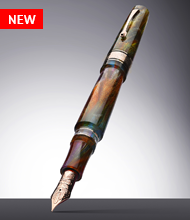
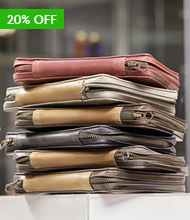
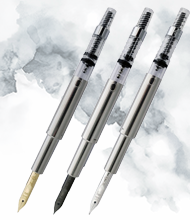
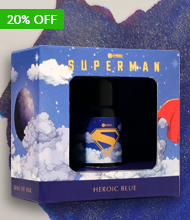
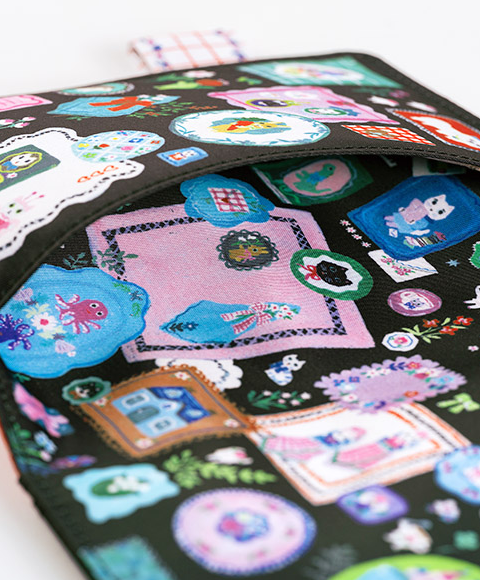
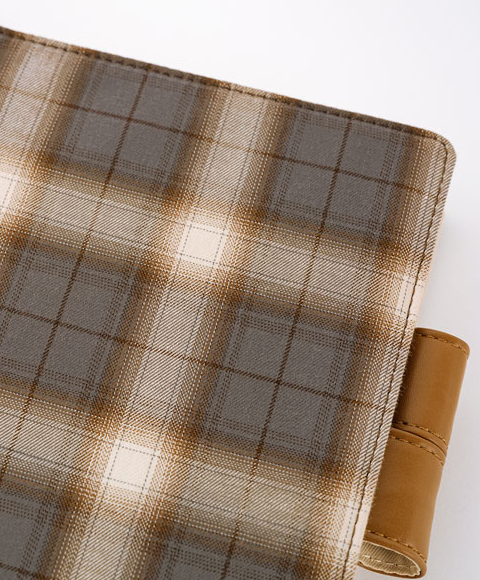
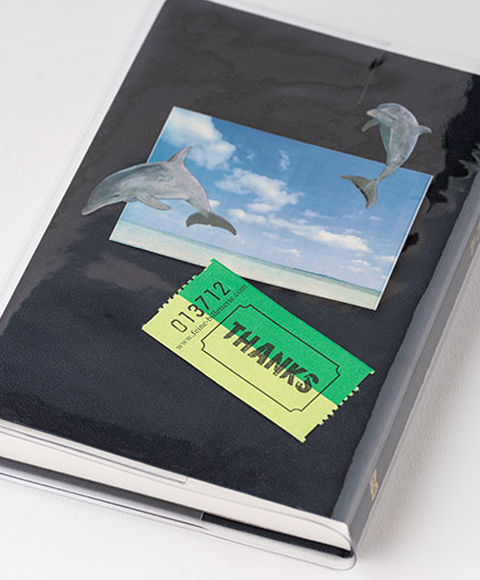
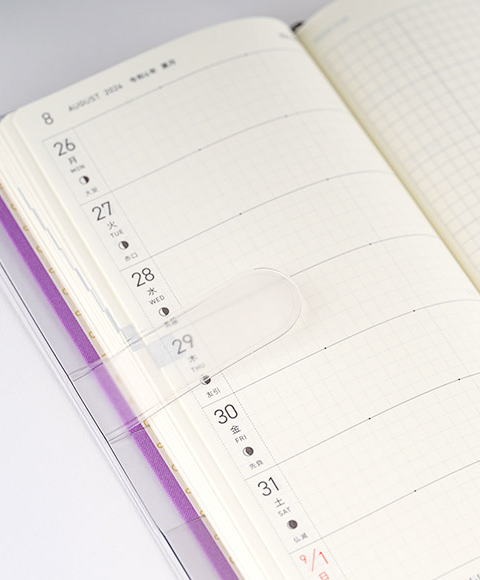
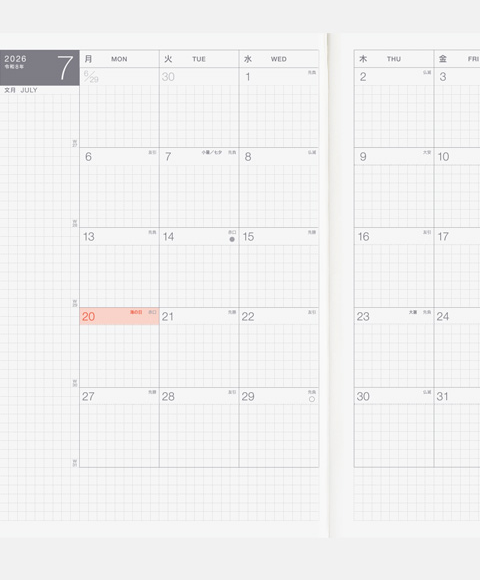
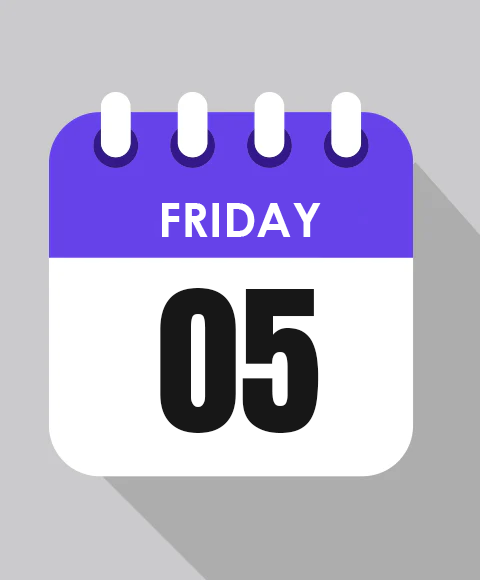
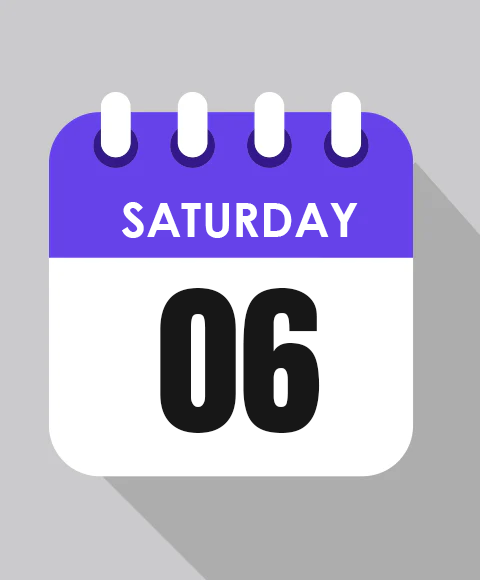
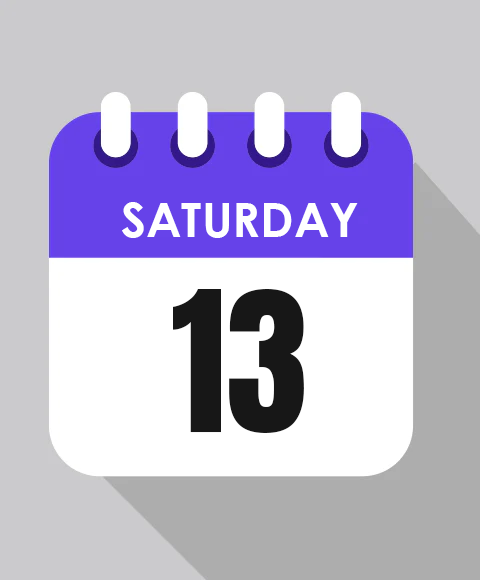
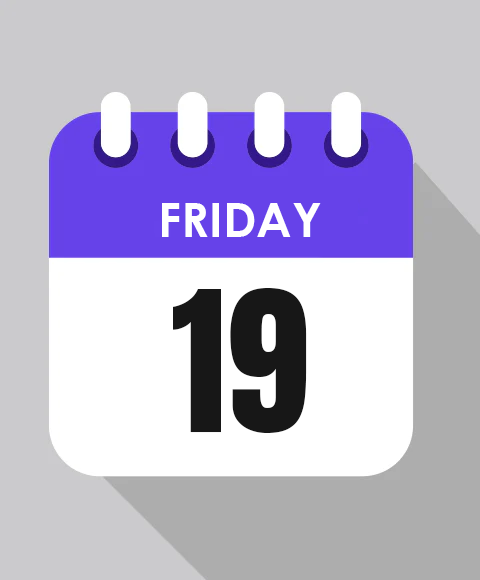








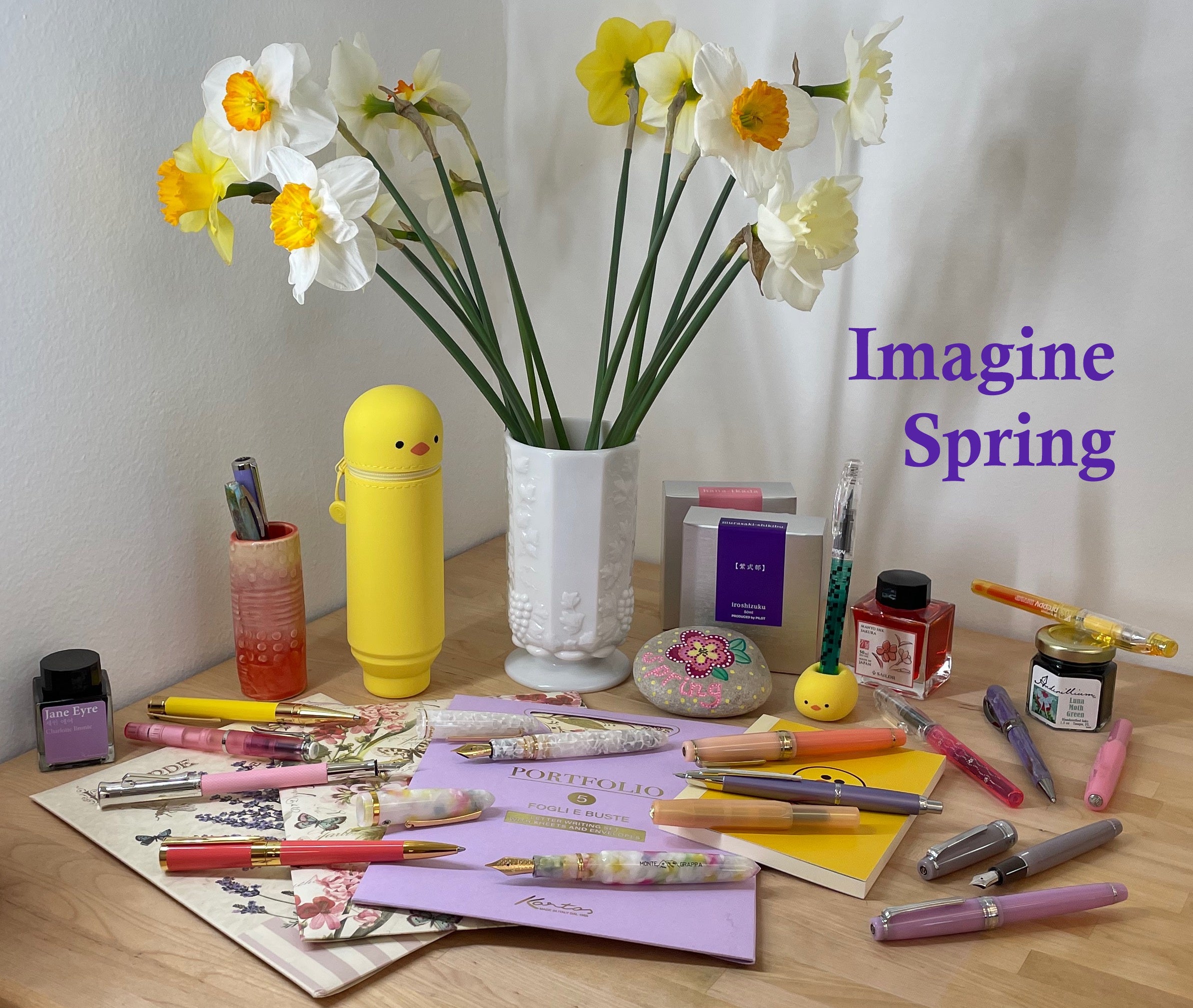
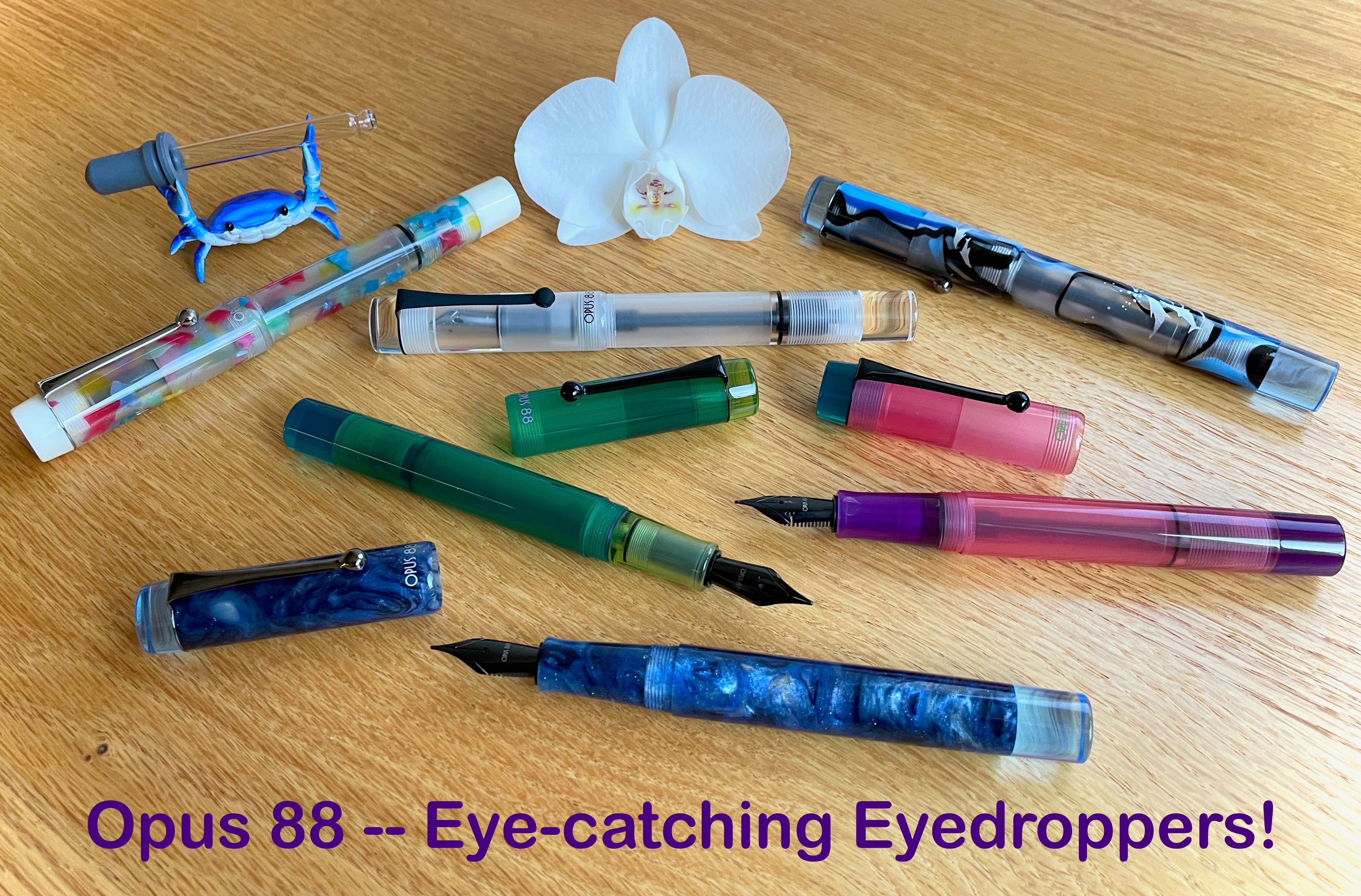

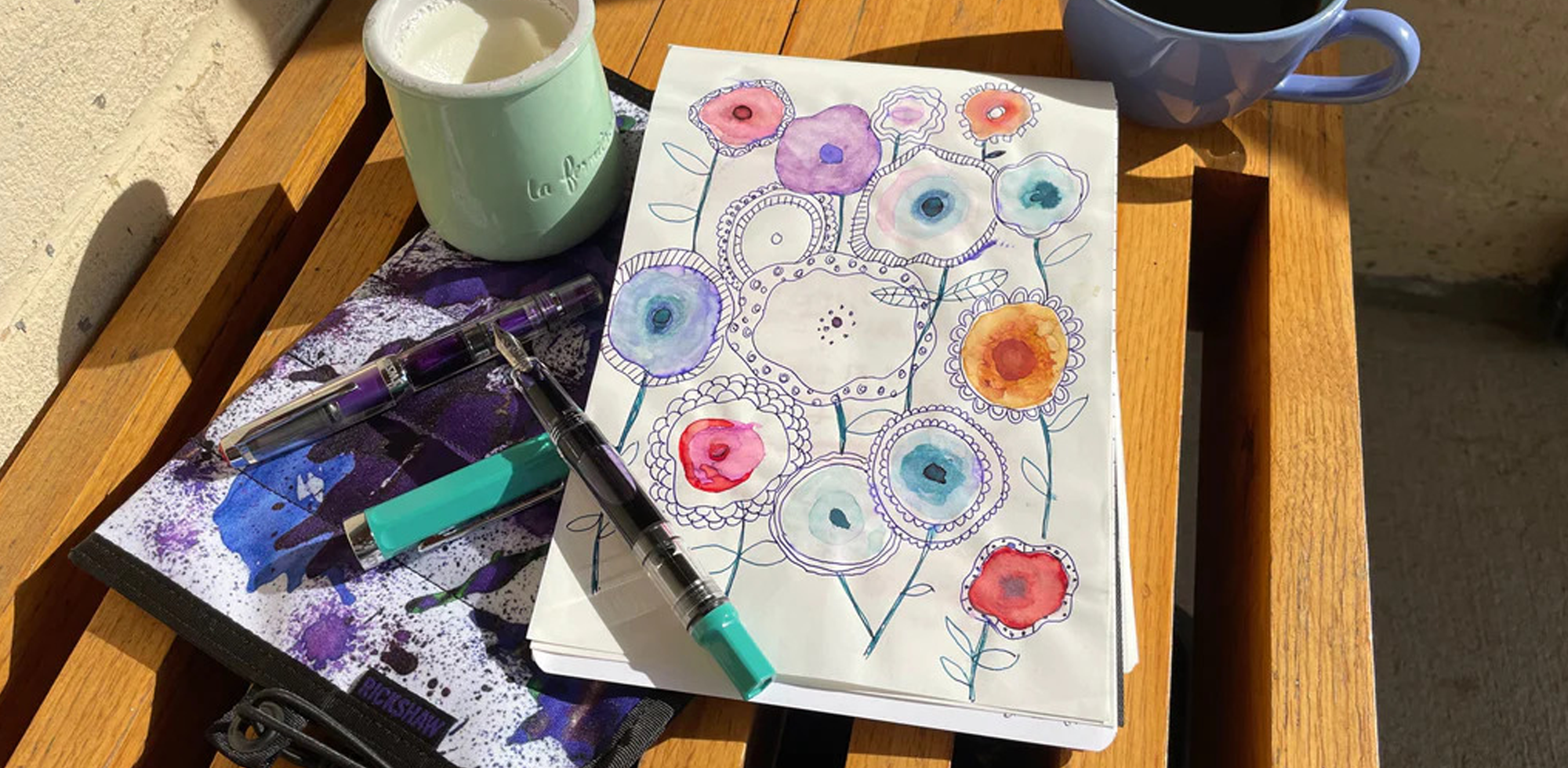
14 comments
Patti
Great article, very informative. I, too, am a fan of Pilot pens.
Great article, very informative. I, too, am a fan of Pilot pens.
Tim Cloonan
Does Pilot manufacturer entire Pen or assemble parts )nib, feed storage device from other suppliers and place in thier pen caseingsThasnk you for prompt answer So where do I go to look and buy I live in AZ About 45 minutes West outside Phoenix
Does Pilot manufacturer entire Pen or assemble parts )nib, feed storage device from other suppliers and place in thier pen caseingsThasnk you for prompt answer So where do I go to look and buy I live in AZ About 45 minutes West outside Phoenix
Cherise
Wow! So interesting. Thank you!!!!!
Wow! So interesting. Thank you!!!!!
Laura P. (blog author)
Hi Tim, Pilot manufactures the entire pen!
Hi Tim, Pilot manufactures the entire pen!
judy jacobs
I am more confused than ever, but it’s always fun to read your articles, both for your opinions and observations and your mastery of the language. Recently I bought a Pilot Volex Myu, a metal- bodied pen with a long black section. Its cap slides all the way over the barrel of the pen. Very cool! Not the integrated nib, also called Myu, or MyuMyu, or some other name. The nib is unlike any I’ve seen, with a rounded base and a flattened surface, a bit like the “falcon” nibs. Not the falcon that has the cutouts; the “soft” one. And you thought all those numbers were confusing! I ordered a Con70 but suspect it will be too long. None of the converters in my box will fit it, since it’s a Pilot. Proprietary accessories strike me as unfair. How about you?
I am more confused than ever, but it’s always fun to read your articles, both for your opinions and observations and your mastery of the language. Recently I bought a Pilot Volex Myu, a metal- bodied pen with a long black section. Its cap slides all the way over the barrel of the pen. Very cool! Not the integrated nib, also called Myu, or MyuMyu, or some other name. The nib is unlike any I’ve seen, with a rounded base and a flattened surface, a bit like the “falcon” nibs. Not the falcon that has the cutouts; the “soft” one. And you thought all those numbers were confusing! I ordered a Con70 but suspect it will be too long. None of the converters in my box will fit it, since it’s a Pilot. Proprietary accessories strike me as unfair. How about you?
Tim Cloonan
Does Pilot manufacturer entire Pen or assemble parts )nib, feed storage device from other suppliers and place in thier pen caseings
Does Pilot manufacturer entire Pen or assemble parts )nib, feed storage device from other suppliers and place in thier pen caseings
Rob Slone
Thank you for the summary! I had not heard a lot of the insights included, and the numbers were a mystery for me. I guess they never numbered the vanishing point series?
Thank you for the summary! I had not heard a lot of the insights included, and the numbers were a mystery for me. I guess they never numbered the vanishing point series?
Laura Petix
Thank you so much, Pam! I really appreciate your incredible support and encouragement! I hope we can meet someday.
Thank you so much, Pam! I really appreciate your incredible support and encouragement! I hope we can meet someday.
Laura Petix
I love eels, but, no, I’ve never been to Ely! I’m so glad you liked the headliner photo. All those numbers, yikes!!! I had fun representing my confusion visually. Yes, definitely check out the SE… they are beautiful. And thank you, re: my crosshatch Elite. I’m incredibly fond of it.
I love eels, but, no, I’ve never been to Ely! I’m so glad you liked the headliner photo. All those numbers, yikes!!! I had fun representing my confusion visually. Yes, definitely check out the SE… they are beautiful. And thank you, re: my crosshatch Elite. I’m incredibly fond of it.
Letty B Creation
This weeding tool Steel pen is a game-changer! The stainless steel design is sturdy and durable, making it easy to remove even the most stubborn vinyl or adhesive materials.
This weeding tool Steel pen is a game-changer! The stainless steel design is sturdy and durable, making it easy to remove even the most stubborn vinyl or adhesive materials.
Pam Prince
Laura’s blogs never fail to delight and inform. Even if you’ve read a previous blog read the updates. There’s always new information and an opportunity to increase your knowledge in an easy go understand format.
Thanks so much Laura and keep blogging. You have loyal fans.👏🏻👏🏻
Laura’s blogs never fail to delight and inform. Even if you’ve read a previous blog read the updates. There’s always new information and an opportunity to increase your knowledge in an easy go understand format.
Thanks so much Laura and keep blogging. You have loyal fans.👏🏻👏🏻
Patrick
I now know where to turn with any questions regarding the different models of numbered Pilot pens. I had no idea it was systematically laid out. There had to be an Engineer involved in the numbering system.
I now know where to turn with any questions regarding the different models of numbered Pilot pens. I had no idea it was systematically laid out. There had to be an Engineer involved in the numbering system.
H.G.
I love the headliner photo with all the numbers!
Your Elite crosshatch is lovely. This pen is on my “list”; I had a “half crosshatch” for a while, on which the cap was the metal crosshatch, and the body was black resin, but I let it go.
And I don’t think I knew about the Custom Heritage SE! Maybe I’m just drawn to all the numbered models. I’ll have to look at one next time I’m in the store…
Finally — eels! Have you been to Ely?
I love the headliner photo with all the numbers!
Your Elite crosshatch is lovely. This pen is on my “list”; I had a “half crosshatch” for a while, on which the cap was the metal crosshatch, and the body was black resin, but I let it go.
And I don’t think I knew about the Custom Heritage SE! Maybe I’m just drawn to all the numbered models. I’ll have to look at one next time I’m in the store…
Finally — eels! Have you been to Ely?
Dan
Thanks for this article! I never realized that Pilot produced a Waverly nib. I have one of my Pelikans configured this way by Richard Binder and it’s one of my best writers.
Thanks for this article! I never realized that Pilot produced a Waverly nib. I have one of my Pelikans configured this way by Richard Binder and it’s one of my best writers.